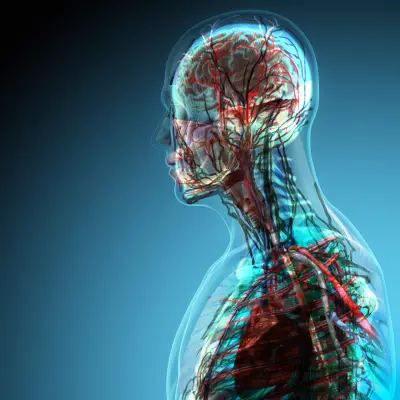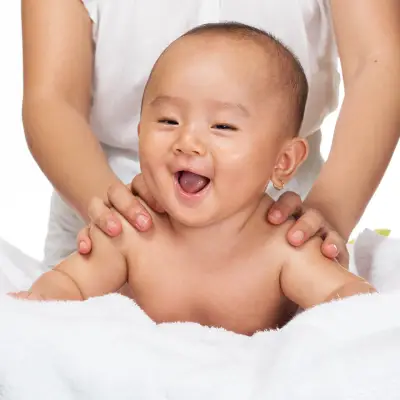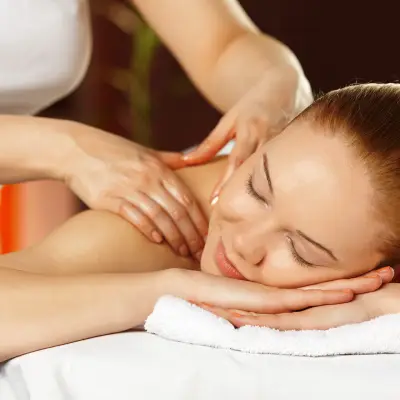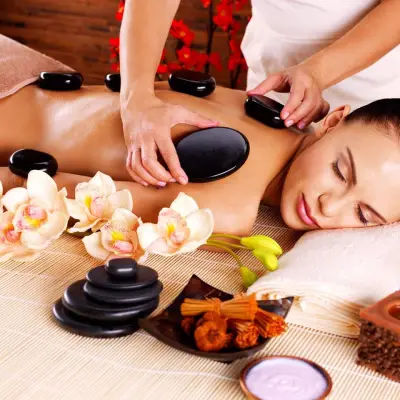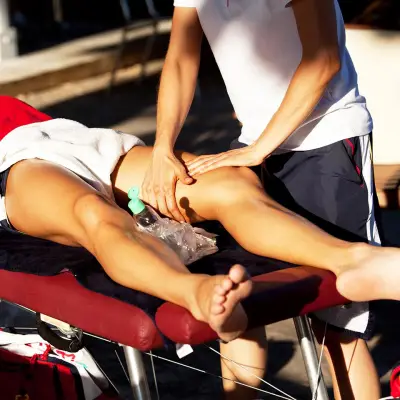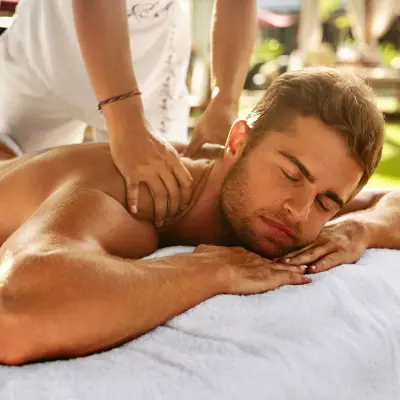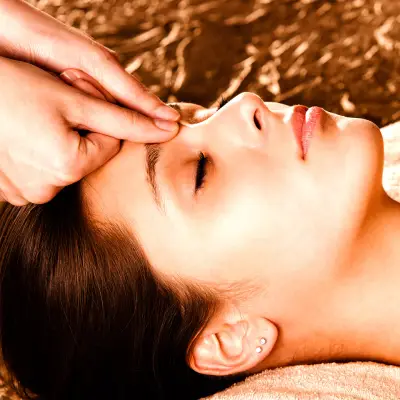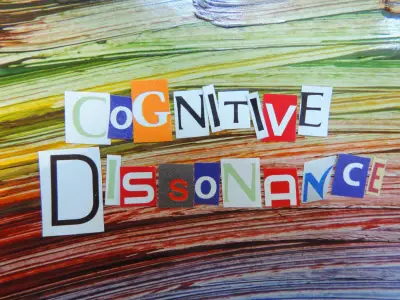If you’ve ever had a professional massage, there’s a good chance you’ve already experienced effleurage, whether you realised it or not. This gentle, gliding technique is often one of the very first movements used by a massage therapist to welcome your body into a state of calm.
Whether you’re exploring massage for personal wellness or considering a new career in holistic therapy, understanding effleurage massage is a great place to start. Let’s look at what it actually is, how it works, when to use it, and why it might become your new favourite massage technique.
Jump to:
- What is Effleurage Massage?
- The Role of Effleurage in Massage
- Effleurage Massage Techniques in Detail
- How Does Effleurage Affect the Body?
- What Does Effleurage Look Like in Practice?
- Effleurage and Petrissage: What’s the Difference?
- When Should Effleurage Be Used?
- Is Effleurage Right for You?
- Study Our Swedish Massage Diploma for £29
Recommended for you!
Best SellersWhat is Effleurage Massage?
The word effleurage is French and means ‘to skim’ or ‘to lightly touch’. In the world of massage, effleurage refers to smooth, flowing strokes performed using the flat of the hand, fingers, or forearm. These strokes typically move towards the heart to encourage circulation and lymphatic flow.
The effleurage definition in massage is a technique designed to warm up the muscles, soothe the nervous system, and create a sense of calm. It’s often the first and last thing you’ll feel during a Swedish massage, setting the tone and helping you transition gently in and out of relaxation.
The Role of Effleurage in Massage
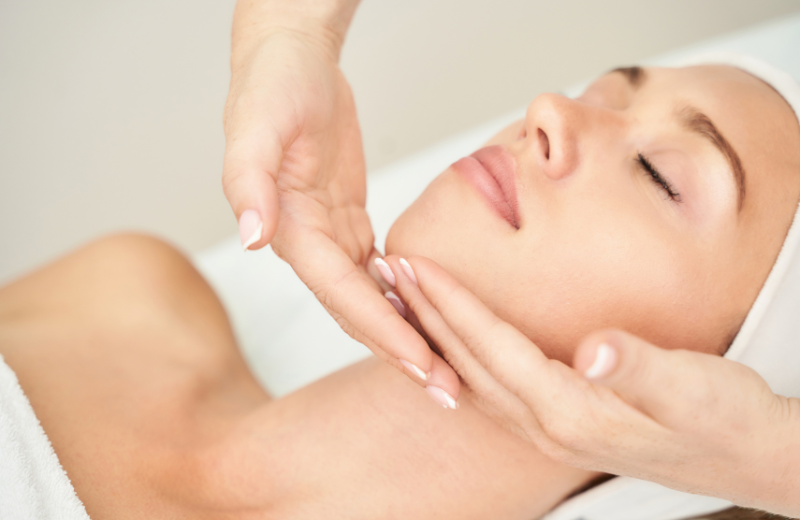
Effleurage plays an essential part in a well-structured massage routine. It’s often used at three key stages:
- At the beginning, to warm the muscles and prepare the body
- Throughout, as a transition between deeper techniques
- At the end, to calm the client and promote lasting relaxation
This flow helps the massage feel seamless and natural, while also maximising physical and emotional benefits.
Effleurage Massage Techniques in Detail
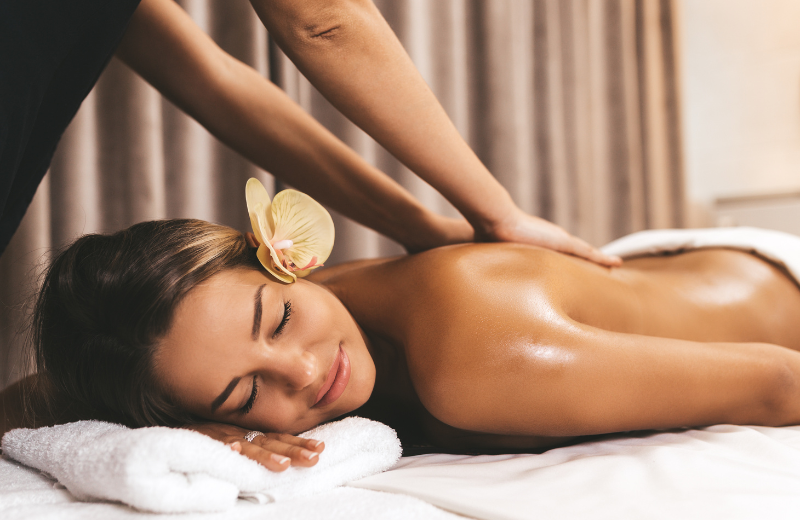
Effleurage isn’t a one-size-fits-all method. In fact, there are several distinct techniques that fall under the effleurage massage umbrella, and each has a specific purpose and effect:
Superficial Effleurage
These are the light, delicate strokes used to apply oil and initiate contact. They help relax the nervous system and ease the client into the massage experience.
Deep Effleurage
As the name suggests, this involves applying more pressure to reach deeper muscle layers. It’s still a gliding movement, but it’s more purposeful, ideal for increasing circulation and easing stiffness.
Circular Effleurage
Here, the hands move in circular patterns, often on limbs or the abdomen. This technique supports lymphatic drainage and can be particularly soothing for digestive or immune support.
Forearm or Knuckle Effleurage
Used for broader areas or to reduce strain on the therapist’s hands, this method applies firm, continuous strokes across the muscles, commonly found in full-body Swedish massage.
Feathering or Nerve Strokes
A finishing stroke that brings the body and mind back to a calm, balanced state. It's a barely-there touch, often used at the end of a session.
How Does Effleurage Affect the Body?
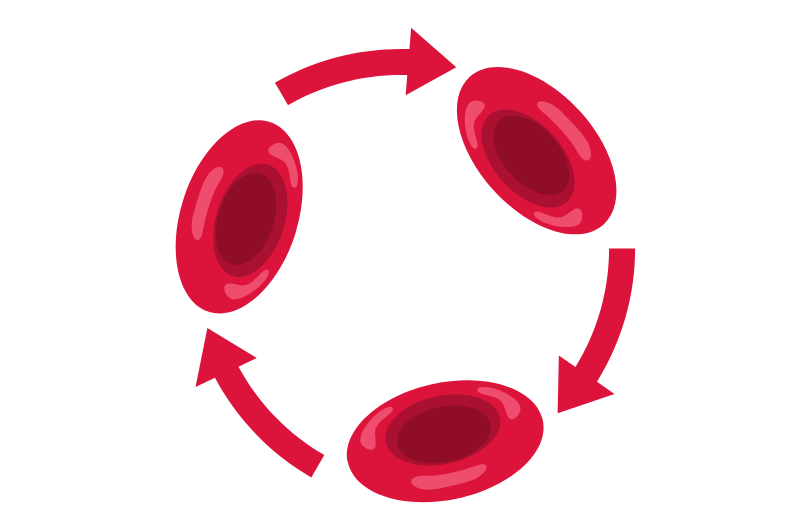
One of the main reasons effleurage is so widely used is because of its wide range of therapeutic benefits. So, what are the positive effects of effleurage massage? Effleurage helps to:
- Boost circulation, sending oxygen and nutrients to tired tissues
- Encourage lymphatic drainage, supporting the body’s natural detox system
- Reduce physical and emotional tension by calming the nervous system
- Warm up muscles to prevent strain during deeper massage techniques
- Relieve pain gently, particularly when the body is sensitive or inflamed
Because the technique is so adaptable, it’s perfect for everything from relaxation to injury recovery.
What Does Effleurage Look Like in Practice?
Picture a smooth, continuous movement across the skin. The therapist’s hands glide effortlessly from the base of a muscle group towards the heart, applying light to moderate pressure. It’s rhythmic, unhurried, and steady. To learn how to perform effleurage, a therapist would:
- Apply oil to reduce friction
- Use the palms or forearms to glide over the skin
- Move in the direction of venous flow (towards the heart)
- Keep the rhythm even and pace slow.
Although it appears simple, the skill lies in the consistency and quality of touch. A well-trained therapist can adapt the movement to fit the client’s body, needs, and preferences, making each session personal.
Effleurage and Petrissage: What’s the Difference?
Effleurage and petrissage are two distinct massage techniques. Effleurage involves smooth, gliding strokes that are typically used at the beginning or end of a massage session. These strokes help to warm the muscles, calm the nervous system, and prepare the body for deeper work.
In contrast, petrissage is a firmer, kneading motion that works more deeply into the muscle tissue. It’s designed to manipulate the muscles and fascia, helping to release knots, break down adhesions, and relieve tension.
While effleurage creates the foundation for relaxation, petrissage follows to target deeper muscular issues. Used together, they form a balanced and effective massage routine that addresses both surface-level comfort and deeper therapeutic needs.
When Should Effleurage Be Used?

Effleurage isn’t limited to full-body massages. It’s suitable for a wide variety of clients and situations, including:
- People new to massage who may need a gentle introduction
- Individuals with high stress or anxiety, where calming touch is beneficial
- During recovery or illness, when firmer pressure may be too intense
- In beauty therapy treatments, especially facial or scalp massages
Because it’s so gentle and adaptable, effleurage can also be used in home care, wellness routines, or even as part of effleurage massage hair techniques during scalp treatments.
Recommended for you!
Best SellersIs Effleurage Right for You?
Effleurage is a gentle and adaptable technique, making it ideal if you're looking for a soothing way to relax, reduce stress, or ease physical tension without deep pressure. It’s especially well suited if you’re new to massage or find firmer methods uncomfortable.
You might also find it beneficial if you want to connect more deeply with your body, support recovery from illness or fatigue, or offer calming touch to someone else, perhaps as part of a caregiving role. And if you’re thinking about learning massage professionally, effleurage is a key foundational skill that can open the door to a rewarding practice.
Study Our Swedish Massage Diploma for £29
If you’re curious about massage or thinking of studying it professionally, mastering effleurage is one of the first steps. It’s a core part of Swedish massage, the most widely taught and practised form of therapeutic massage around the world. At Centre of Excellence, the Swedish Massage Diploma Course gives you the skills, confidence, and knowledge to begin your massage journey. Enrol today for a discounted price of £29!
